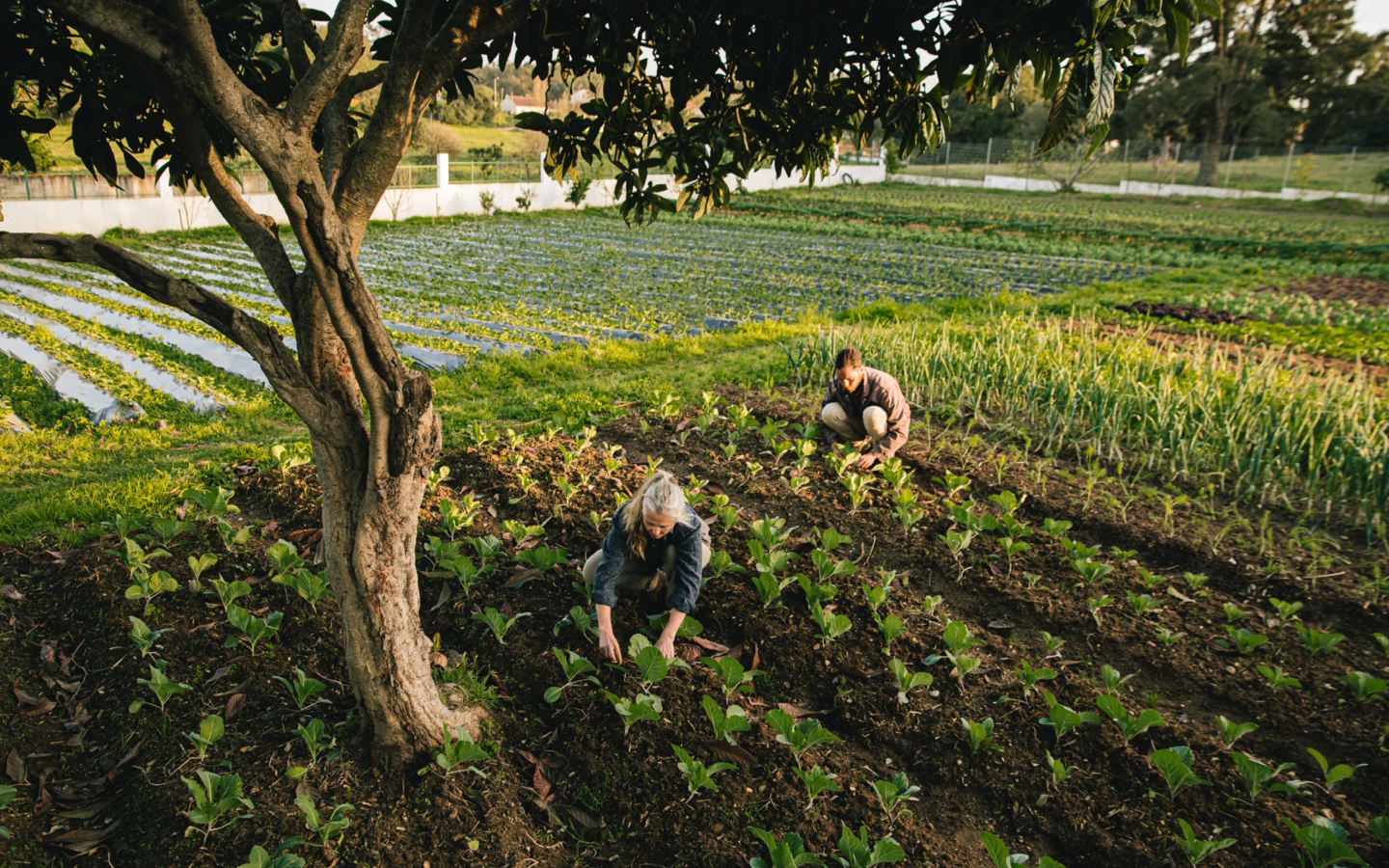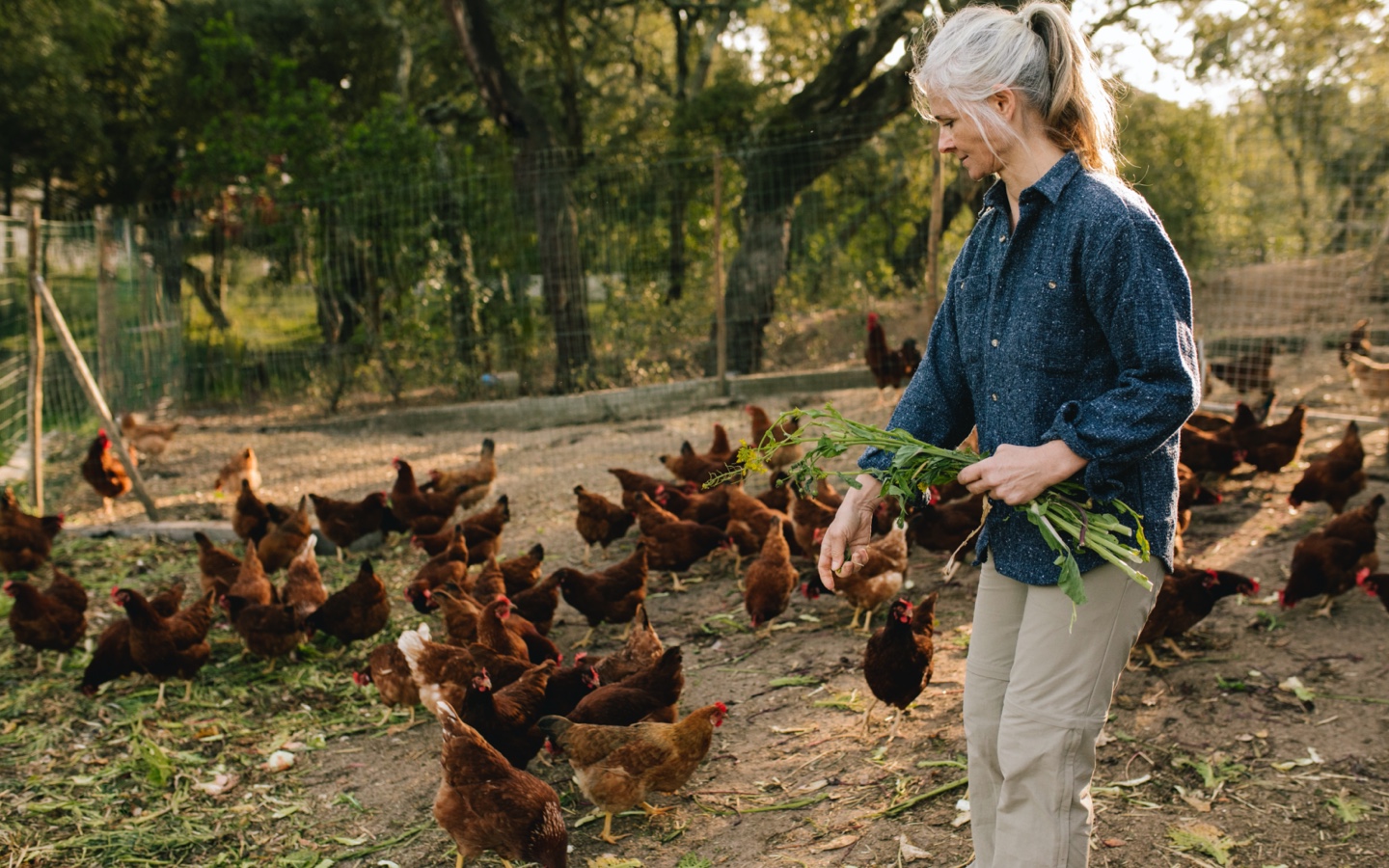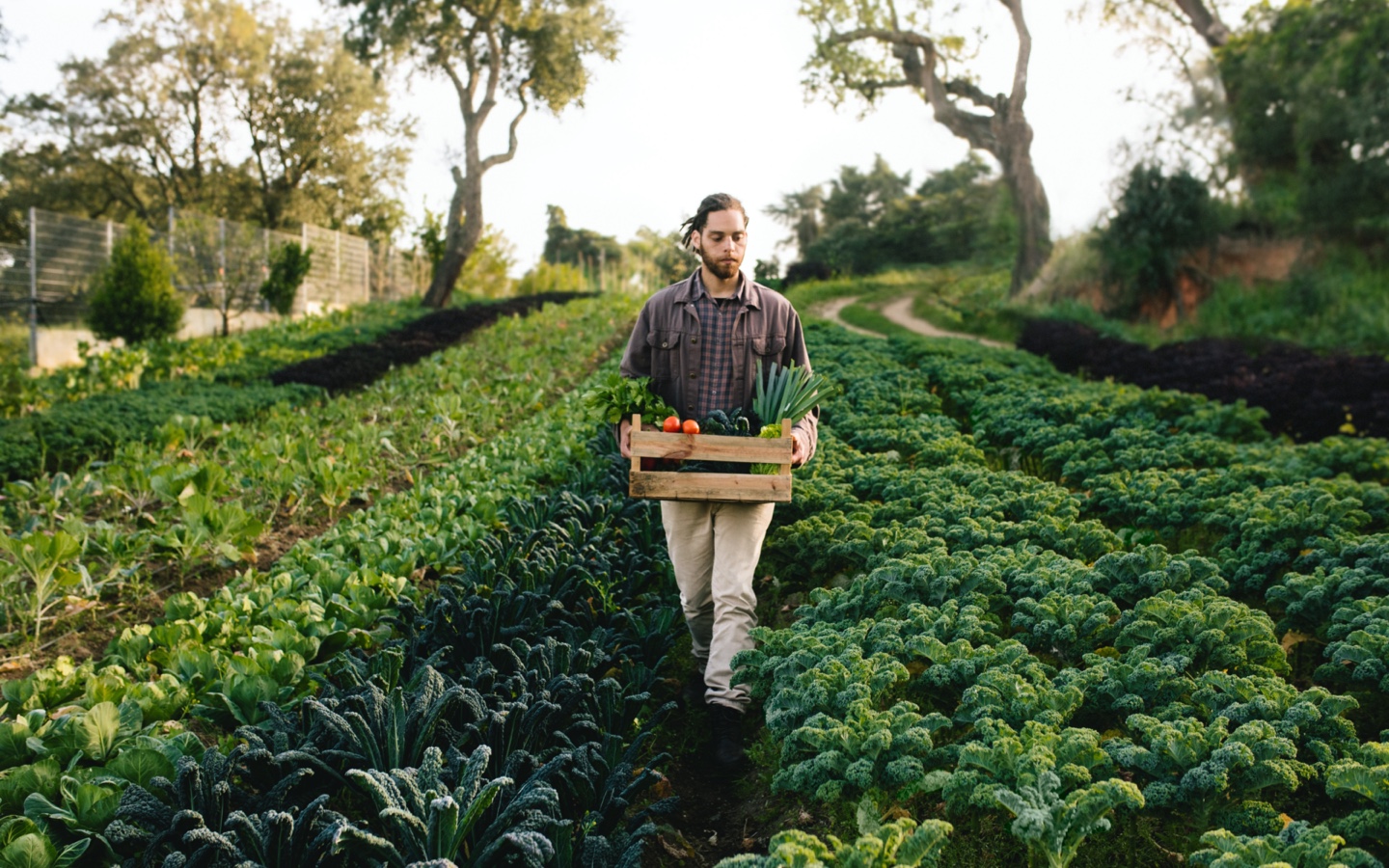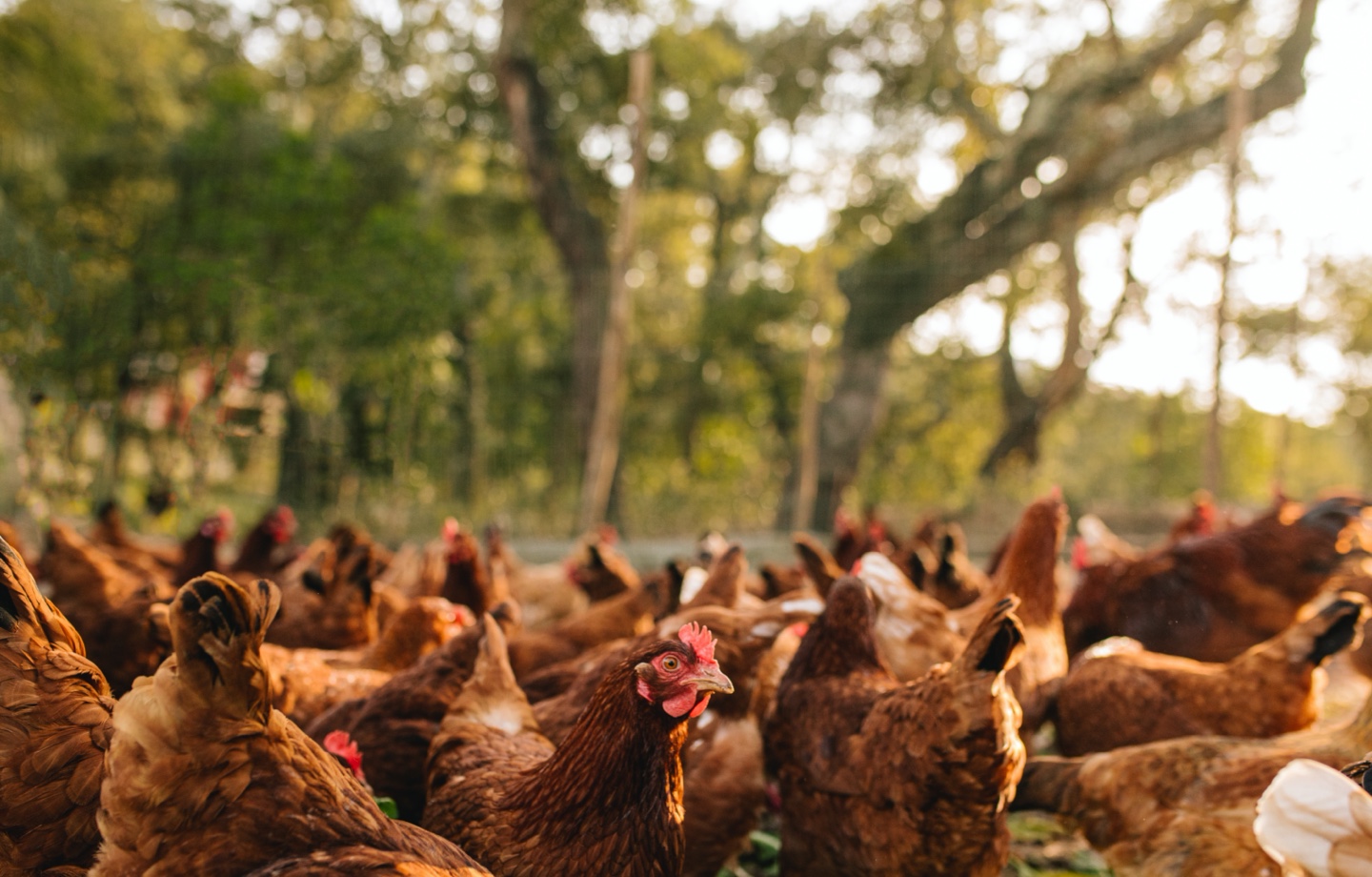Originally drafted to provide relief for farmers, the Farm Bill now consistently props up large-scale industrial operations, making it harder for small farms to stay afloat.
This is the latest in our ‘Soil Series,’ where we explore complex issues related to agriculture, our environment, and the future of our planet. Don’t miss our first story, Why Glyphosate Herbicides Are So Harmful.
The Farm Bill is not exclusively about farms and not quite a bill. But it is a critical — and often controversial — piece of legislation that touches a surprising number of issues in American life. With roots in relief bills for farmers in the 1920s, the Farm Bill is now a huge piece of omnibus legislation that’s renewed every five years and affects a diverse range of topics, including agricultural policies, conservation, food assistance, and energy.
So how is the most recent version, which President Trump signed in December 2018 and costs $867 billion, going? The 2018 Farm Bill was in many ways just a renewal of the 2014 Farm Bill (known as the Agricultural Act of 2014) signed by President Obama. That bill was criticized by some for an $8 billion cut to food aid programs (though Republicans proposed $40 billion in cuts), and by others for a $5 billion cut to direct aid for farmers, which was replaced by an insurance program that only provided assistance when needed.
However, conservation advocates expressed relief at the 2018 bill’s relative lack of disastrous changes, as Katie O’Reilly wrote for the Sierra Club. For instance, proposals for more lax Clean Water Act processes weren’t included and funding for conservation programs remained about the same. Proposed work requirements for Supplemental Nutrition Assistance Program (SNAP) benefits were eliminated as well. The requirements were strongly opposed by Democrats because it would have made it nearly impossible for people in rural communities to get food assistance.

Read more: How Food Forests Help Solve Food Insecurity
In the last two years, the Farm Bill has mainly undergone scrutiny for its farmer assistance policies. Trump pumped up farm subsidies to an all-time high leading up to the 2020 presidential election, from $11.5 billion in 2017 to more than $32 billion in 2020. The move was part of a larger strategy to gain a voting boost from farmers after many suffered from decreased demand for crops like corn and struggled through trade wars during the Trump administration.
But much of the aid didn’t end up in the hands of farmers who own small- and medium-sized farms. Studies found that payouts to farmers were often double the amount they lost in damages. As a result, many farms received such large checks that 70 percent of allotted assistance funds went to only 100,000 individuals.
Farm policy experts and others have expressed concern that there’s not enough oversight of who gets the money and whether they actually need it. Iowa farmer Ron Rosmann told NPR in 2020 that “it has disproportionately gone to the largest producers.” And Wisconsin farmer Joel Greeno told The New York Times that much of the money was going to “rich landowners and corporate agriculture companies.”
A related, broader criticism of the Farm Bill is that it works more in favor of large agribusiness than for small farms. Industrial livestock operations produce 99 percent of the country’s meat and have been linked to environmental hazards like premature deaths from air pollution. The scale of industrial farming alone encourages practices that are harmful to the environment and human health, including planting only one or two crops in one place, which harms soil health; using excessive amounts of pesticides, and producing large amounts of manure that can seep into groundwater or wash into waterways.

Read more: The True Cost of Air Pollution
Smaller farms can and do implement regenerative agriculture practices, build community, and provide more diverse and nutritious produce. But many have been pushed out due to farm policies that overwhelmingly favor large-scale industrial operations. The rate of bankruptcy for small and medium farms reached an eight-year high in 2019, and farmers have been suffering the effects of climate change, consolidation, and decreasing commodity prices for years.
The 2018 bill’s uneven distribution of aid to larger farms was one of its defining features, but as Alex Shepard wrote for The New Republic, the Farm Bill has played a part in the increasingly crushing power of industrial agriculture since the 1990s. Changes to the bill after the 1994 passage of the North American Free Trade Agreement (NAFTA) encouraged farmers to grow crops they could export, which contributed to the increasing prevalence of factory farms. And lobbyists have managed to sneak in changes that benefit industrial farms.
The Biden administration has so far made one big change to farm aid, when it pledged $5 billion to Black, Hispanic, and Native American farmers in March. Biden has also discussed putting $30 billion in aid from the USDA’s Commodity Credit Corporation toward assisting farmers with the upfront costs of regenerative agriculture. But the administration still has plenty of opportunities to steer farm policy away from favoring industrial agriculture.
In the long run, the sheer size of the Farm Bill, and the amount of haggling required to pass it at all, makes changing these bigger-picture issues a daunting task. But it’s an essential one for smaller farms and anyone concerned about the country’s increasing dependence on factory farms.

Read more: Why Local Farmers Need Your Support Now More Than Ever
Have feedback on this story? Email [email protected] to let us know what you think.

Shop Pillows
The Essential Organic Pillow Collection
Gentle, breathable, non-toxic support.




